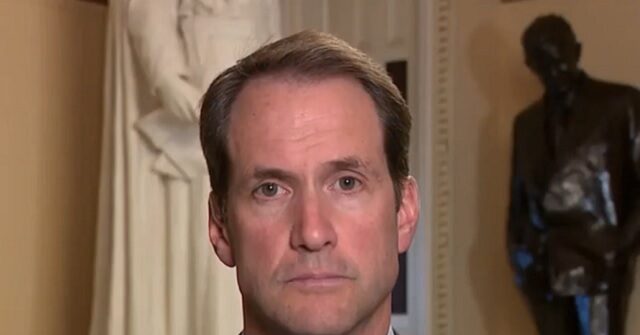A New York Times analysis of satellite imagery shows that the United States targeted Fordo, Iran’s underground nuclear enrichment facility, at the precise locations of two structures that experts said might be ventilation shafts.
The structures were visible only during the early stages of the plant’s operation, and could be seen in satellite images in 2009. By 2011, both were no longer visible. Experts said they might be ventilation shafts used during the plant’s construction, and then buried.
“Hitting a ventilation shaft would make sense, because the hole for air already penetrates the thick rock, interrupting its integrity,” said Mark Fitzpatrick, a nuclear expert at the International Institute for Strategic Studies.
A U.S. official said that six B-2 bombers had dropped a dozen 30,000-pound “bunker buster” bombs on Fordo overnight.
Ventilation shafts “are probably the most vulnerable points of the facility,” said Scott Roecker, a vice president at the Nuclear Threat Initiative, a nonprofit dedicated to reducing the spread of nuclear weapons.
Whether or not the attack on those areas was enough to completely destroy Fordo is unclear. While President Trump said on Saturday that Iran’s nuclear enrichment facilities were “completely and totally obliterated,” his early public pronouncements were in contrast with more cautious initial assessments by the U.S. and Israeli militaries, which indicated the facility was severely damaged. Those damage assessments are ongoing, and the United States and Israel have not made any final conclusions.
Given that the U.S. attack appears to have targeted the area around the two structures, “I would assume the U.S. has active intelligence that seems to indicate that those shafts were structural weaknesses,” said Joseph Rodgers, a nuclear expert at the Center for Strategic and International Studies, a research institute in Washington.
Satellite imagery taken by Maxar Technologies on Sunday showed debris scattered around the large complex, but the site’s support buildings appeared intact. That indicates, Mr. Rodgers said, that “the key target was really how to destroy the structure underground,” and that the attack was most likely not trying to take the facility offline by targeting other support infrastructure.
In satellite images after the strike, the facility’s entrance tunnels appeared filled in with dirt. Experts said that was probably a measure taken as part of Iran’s preparation for an attack, possibly in an attempt to shield the facility inside.
Satellite imagery released by Maxar Technologies showed a flurry of abnormal activity near the entrance tunnel in the three days preceding the U.S. strikes.
On June 19, there were 16 cargo trucks near an entrance tunnel. The following day, the trucks had moved northwest away from the site, but other trucks and bulldozers were near the entrance.
New dirt could be seen in the tunnel entrances on June 20, and far more is visible in satellite images taken after the strikes.
The post Satellite Images Show U.S. May Have Targeted Ventilation Shafts at Fordo appeared first on New York Times.




